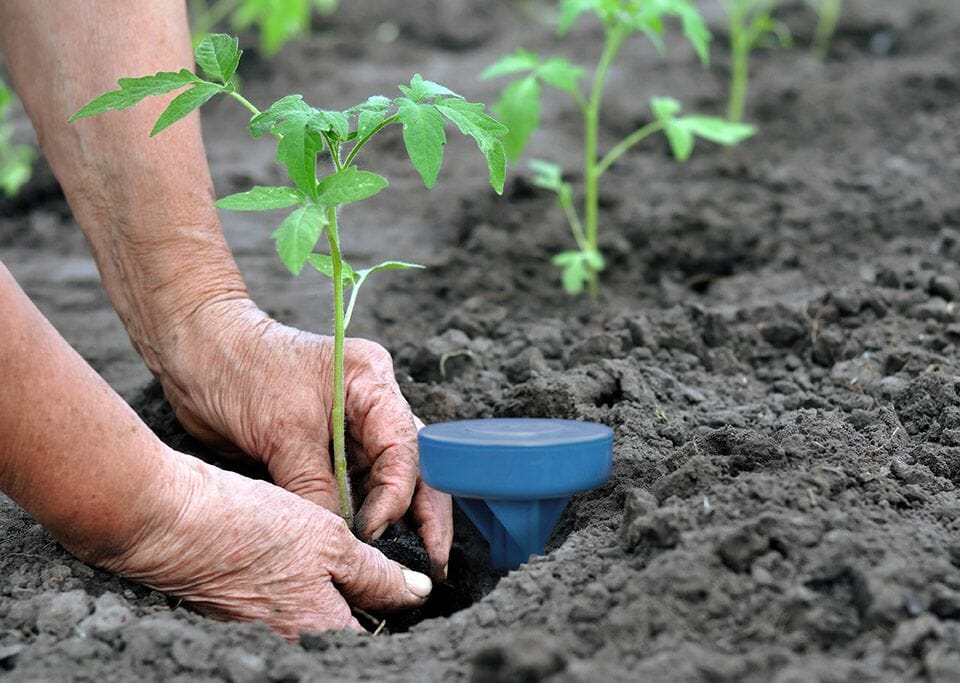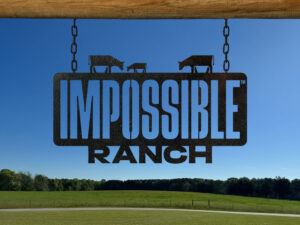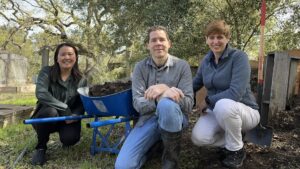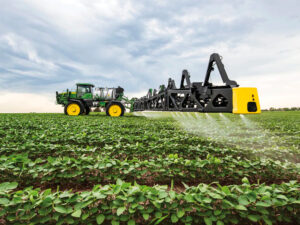Australia is the driest country on Earth. More than two thirds of its landmass receives less than 500 mililitres of rain each year; the devastating bushfire season this past summer, which made headlines across the globe, shows just how destructive this lack of rainfall can be.
But Australia is also one of the world’s top agricultural producers, and farming and related industries account for a critical 12% of the Lucky Country’s GDP.
Agriculture needs water, and battling the dryness Down Under is a perennial problem for Australia’s farmers. Technologies that can improve efficiency in water usage, and make the most of every last drop of moisture, will be crucial to winning that battle.
The partnership unveiled today between Sensoterra – a Netherlands-based maker of wireless soil moisture sensors – and Australia’s National Narrowband Network Company (NNNCo) seeks to bring some of this tech to bear for farmers in the country and the wider Asia-Pacific region.
Farmers in Europe and the US are using Sensoterra’s tech to track soil moisture levels for crops including alfalfa, almonds, cucumbers, hops, potatoes, and tomatoes, the company said in an announcement.
The startup’s chief operating officer Christine Fraser Boer tells AFN that it has between 6,000 and 7,000 sensors deployed in the ground worldwide.
Until recently, moisture monitoring equipment was “wired, complicated, needed separate data loggers, and needed a high level of skill to use,” she says. “There had to be a better way – and that’s how Sensoterra was born.”
The company claims that it can reduce farmers’ water consumption by as much as 30%. To do this, its single-depth and multi-depth sensors rely on wireless network connectivity to collect and communicate moisture data, which can then be analysed to drive decision-making about land management.
That’s where NNNCo and its expertise in the Long Range (LoRa) standard of low-power, wide-area networks (LPWANs) come in.
Low-power, wide-area networks
In contrast to wireless networks that are used for things like mobile data calls, downloading files, and streaming content, LPWANs take advantage of sub-gigahertz, typically licence-free radio frequencies that can’t handle these higher bitrate activities.
As such, LPWANs also use less power. Taken together, this makes them well suited for long-range communication of relatively simple data between ‘internet of things’ devices, like Sensoterra’s soil probes.
NNNCo will help to introduce the Dutch company’s sensors to farms, agricultural organisations, and local government across Australia, before making them available to other Asia-Pacific markets.
“NNNCo can provide more established, larger networks than we ever can,” Fraser Boer says. “We provide sensors to collect the data. They provide the LoRa part to get the data out of the fields.”
Asian, Australasian sensor-bilities
Sensoterra’s system is already being used by a few farmers in Australia, New Zealand, and Indonesia. Most Asia-Pacific countries use the same range of LoRa frequencies (though China and India have their own frequencies), making Australia a sensible base of operations for regional expansion.
The startup is counting on the user-friendly nature of its devices to speed up adoption in the region. “Farmers can take it out of the box, scan it using a mobile app, get it in the ground, and get data every hour,” Fraser Boer says.
Data analysis is kept simple too, she explains. “Lots of people found [earlier solutions] too difficult. [Our app] either says the plant is too wet, too dry, or just right. Less is more when it comes to this tech – we don’t want to send farmers 25 different measurements.”
NNNCo CEO Rob Zagarella said in a statement that the partnership can deliver “the results farmers need”.
“Soil moisture condition is a key use case in Australia to give farmers real-time insights […] to make better decisions and ultimately maximise their water usage, crop performance, and yields,” he added.

















Sponsored
International Fresh Produce Association launches year 3 of its produce accelerator